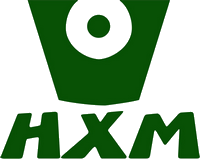Hastelloy alloy and Incoloy alloy, both belonging to the family of nickel-based superalloys, exhibit distinct differences in their compositions, corrosion resistance properties, and specific applications.
Composition
| Alloy Type | Nickel (Ni) | Chromium (Cr) | Molybdenum (Mo) | Iron (Fe) | Other Significant Elements |
|---|---|---|---|---|---|
| Hastelloy Alloy | High Content (e.g., ~52% in Hastelloy C-276) | Moderate to High (e.g., ~14.5-16.5% in Hastelloy C-276) | Significant (e.g., ~15-17% in Hastelloy C-276) | Low to Moderate | Cobalt, Tungsten, Manganese, Copper, Silicon, etc. |
| Example: Hastelloy C-276 | ~52% | ~14.5-16.5% | ~15-17% | Present but low | Cobalt, Tungsten, etc. (small amounts) |
| Incoloy Alloy | Moderate to High (e.g., 30-35% in Incoloy 800) | Moderate (e.g., 19-23% in Incoloy 800) | Variable (lower than Hastelloy in most grades) | Significant (e.g., ≥39.5% in Incoloy 800) | Aluminum, Copper, Manganese, Silicon, Sulfur, etc. |
| Example: Incoloy 800 | 30-35% | 19-23% | Lower content | ≥39.5% | Aluminum, Copper, etc. (within specified limits) |
- Hastelloy Metal Alloy: Known for its high nickel content, often combined with significant amounts of chromium and molybdenum. Some Hastelloy grades may also include cobalt, tungsten, and other alloying elements to enhance specific properties such as corrosion resistance and thermal stability.
- Incoloy Metal Alloy: Primarily consists of nickel and chromium, with varying amounts of iron and other elements like molybdenum, copper, and titanium. The addition of these elements aims to provide a balance of corrosion resistance, high-temperature strength, and fabricability.
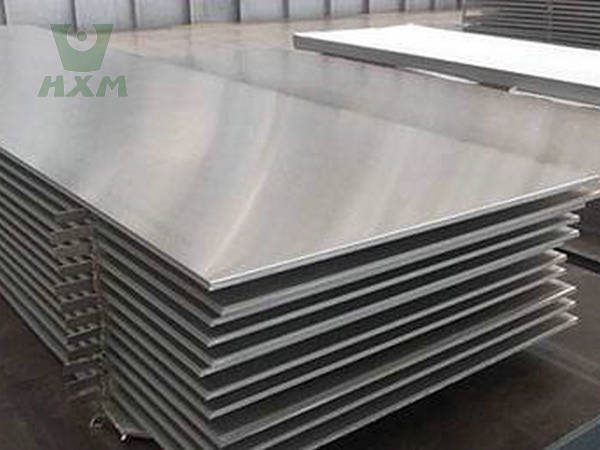
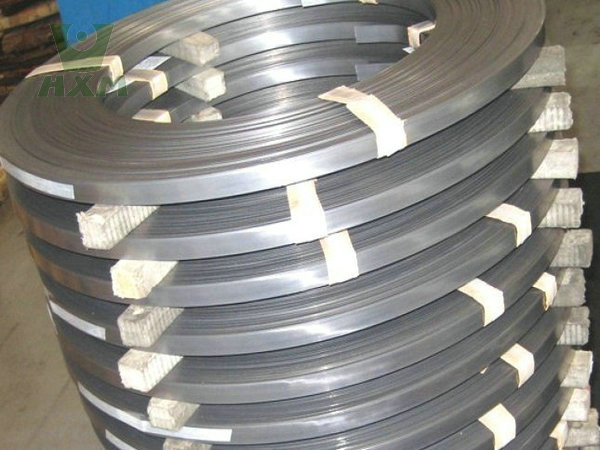
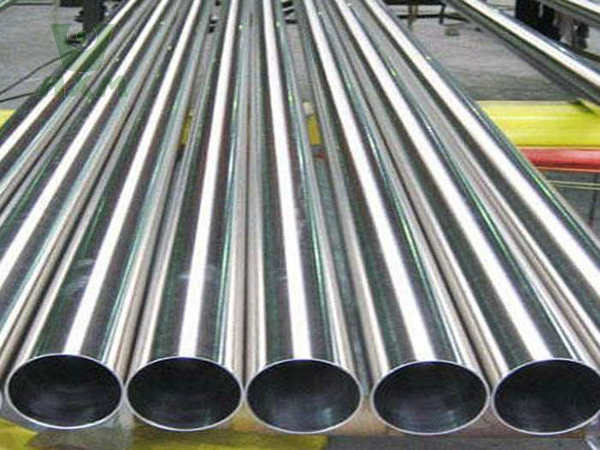
Corrosion Resistance
- Hastelloy Metal Alloy: Renowned for its exceptional corrosion resistance across a wide range of environments, including highly oxidizing and reducing acids, alkaline solutions, and various salts. Specific Hastelloy grades are specifically formulated to resist corrosion in severe conditions, such as those encountered in chemical processing plants.
- Incoloy Metal Alloy: Also exhibits good corrosion resistance, particularly in oxidizing and reducing environments at elevated temperatures. It is designed to withstand corrosion in aqueous media containing chloride ions and other aggressive species, making it suitable for applications in the power generation, aerospace, and chemical processing industries.
Application Fields



- Hastelloy Metal Alloy: Due to its superior corrosion resistance, Hastelloy alloys are widely used in the chemical processing, pulp and paper, and oil and gas industries. They are also found in marine environments, aerospace applications, and nuclear power plants where corrosion resistance is paramount.
- Incoloy Metal Alloy: Commonly used in high-temperature environments, such as those found in industrial furnaces, boilers, and heat exchangers. It is also suitable for applications in the aerospace industry, where lightweight materials with excellent mechanical properties and corrosion resistance are required. Incoloy alloys are also used in nuclear reactors and in components exposed to high-velocity gases or liquids.
Cost and Availability
- Hastelloy Alloy: Due to its superior corrosion resistance and mechanical properties, Hastelloy alloys are often more expensive than Incoloy alloys.
- Incoloy Alloy: Its high iron content and ease of manufacturing make it a more cost-effective option, making it widely available and used in various industries.
Mechanical Properties and Applications
- Hastelloy Alloy: It is easy to manufacture and form, with good ductility allowing for forging and cold working. Its outstanding resistance to high oxidants and reducing agents makes it ideal for moderate to severe corrosive environments. It is commonly used in piping and valves in the chemical processing and petrochemical industries, as well as in nuclear reactors and pressure vessels.
- Incoloy Alloy: It is relatively easy to manufacture, using the same machinery and processes as stainless steel. Its high-temperature strength and tolerance to seawater, saltwater, acidic gases, and chlorides make it a preferred choice for the oil and gas industry. It is also used in propeller shafts, thermal containers for food and water, chemical processing equipment, gas turbines, aircraft, and tank cars.

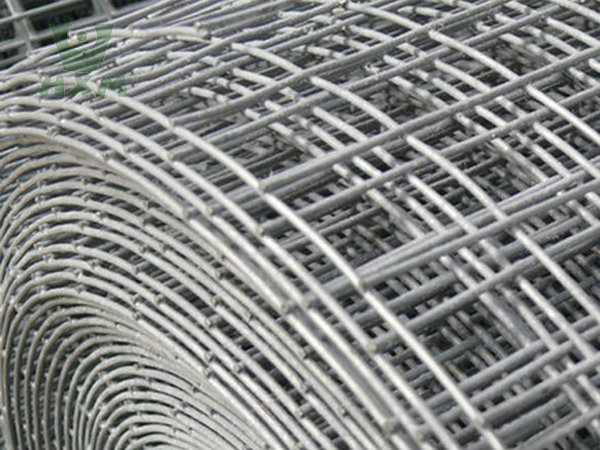
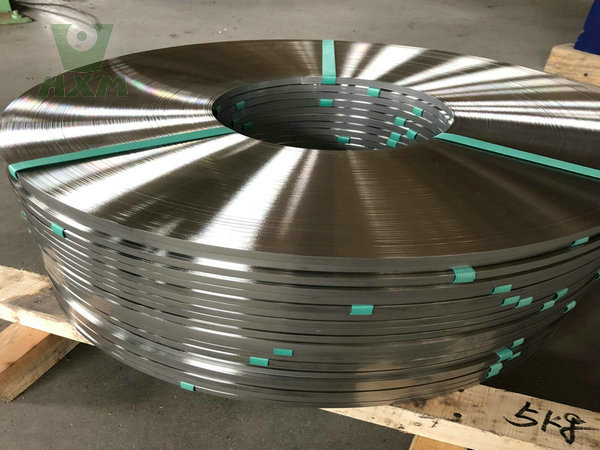
Summary
Hastelloy metal alloy and Incoloy metal alloy, while both nickel-based superalloys, differ significantly in their compositions, corrosion resistance properties, and specific applications. Hastelloy alloys are noted for their exceptional corrosion resistance in severe environments, making them ideal for chemical processing and other demanding industries. In contrast, Incoloy alloys are designed for high-temperature applications, combining corrosion resistance with excellent mechanical properties, making them suitable for industrial furnaces, aerospace components, and other high-temperature environments.
